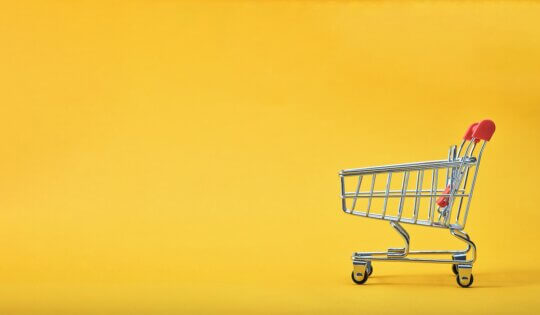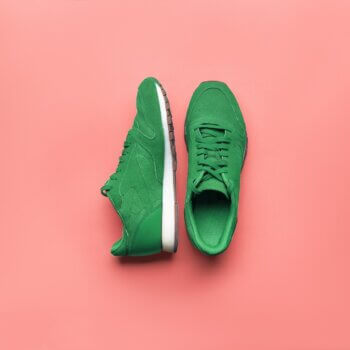
Does the CJEU ruling on the “paper dispenser” finally bring clarity for design owners?
Last year, we reported on the long dispute about the “paper dispenser”, which is about the relationship between design law and patent law on the basis of the exclusion ground “technical features”. Now the CJEU has ruled. But does its answer really bring clarity?
Background
The key issue in this dispute is whether the appearance of a “paper dispenser”, containing disposable towels for drying hands in public toilets, can be protected as a design when the same images are also the subject of a patent application dealing with the technical solution of how the paper is dispensed. This is because a design cannot be granted for features that are “exclusively due to its technical function” (Art. 8(1) Community Designs Regulation (CDR)). In the underlying legal dispute, whether either the design is valid and infringed, or invalid and imitation is permissible, depends on this question.
For the details of this dispute see our earlier article: https://designwrites.law/dispute-over-paper-dispenser-goes-into-the-next-round/.
Proceedings
In the case relevant here, the Higher Regional Court Düsseldorf had cancelled the design, but this decision had been overturned by the Federal Court of Justice and the case had been referred back for a new decision. The Higher Regional Court Düsseldorf had then asked the CJEU:
With regard to the aspect of the existence of other designs, what significance is attached to the fact that the owner of the design also has design rights for a large number of alternative designs?
A second question also dealt with the significance of a colour design when the design is registered in black and white.
The CJEU’s answer
On 2 March 2023, the CJEU, repeating and elaborating on the DOCERAM doctrine, answered as follows (Case C-684/21):
The assessment as to whether the features of appearance of a product are dictated solely by its technical function must be made having regard to all of the objective circumstances relevant to each case, inter alia
- those dictating the choice of features of appearance,
- the existence of alternative designs which fulfil the same technical function,
- and the fact that the proprietor of the design in question also holds design rights for numerous alternative designs,
although that latter fact is not decisive for the application of that provision.
On the question of colour designs, the CJEU said:
In the assessment as to whether the appearance of a product is dictated solely by its technical function, the fact that the design of that product allows for a multicolour appearance cannot be taken into account in the case where that multicolour appearance is not apparent from the registration of the design concerned.
Evaluation
The answer, as is not entirely unusual with the CJEU, comes richly enigmatic. Why is the “fact that the proprietor of the design in question also holds design rights for numerous alternative designs” one of the “objective circumstances relevant to each case”, when at the same time it is “not decisive for the application of that provision”? This only makes sense if what is meant is: it cannot be the sole or the mainly decisive reason, but merely another piece of the mosaic, the importance of which, however, must not be overestimated in itself.
Simpler, clearer and, frankly, less surprising is the answer to the second question, which we did not consider in our earlier article. In the original proceedings, it was – rather marginally – also a question of how to weigh the fact that the design consisted of a line drawing without colours, but which shows two elements, which had been implemented in two different colours by the design owner. Here, the CJEU says: for the question of the technicality of a design, the mere possibility of multiple colours does not play a role if this is not apparent from the design application.
Outlook
The CJEU ultimately says that – as is so often the case – an overall view must be taken, in which the decision may not be based solely on the fact that the owner of the design to be assessed still has a large number of similar designs. Rather, this circumstance can “only” have indicative significance.
The answer to the second question will help future design applicants: to avoid the reproach of Art. 8 (1) CDR, it may be advisable to apply for “colourful” designs. This is because the colour can always be freely chosen. However, this is only likely to help in cases where the colour scheme is also imitated by the infringer – as is so often the case, a concretisation of the subject matter of protection is therefore offset by a reduction in the scope of protection.
Please contact us if you would like to discuss the issues in this case further and for a comprehensive IP strategy.








